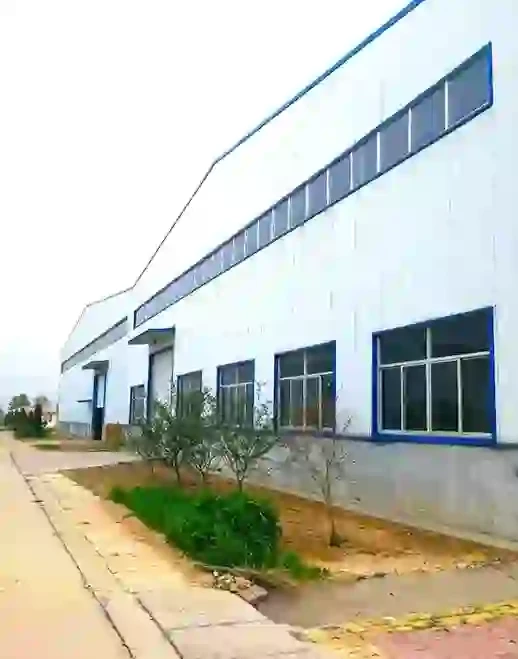heavy duty drag chain
The Importance of Heavy-Duty Drag Chains in Industrial Applications
In the realm of modern manufacturing and automation, various components work together to ensure streamlined operations and high productivity. One essential component that often goes unnoticed yet plays a critical role in machinery and systems are heavy-duty drag chains. These robust mechanisms are designed to manage and guide moving cables, hoses, and wires, ensuring that they remain organized and protected during operation. This article delves into the significance of heavy-duty drag chains, their types, applications, and the benefits they bring to various industries.
What Are Heavy-Duty Drag Chains?
Heavy-duty drag chains, often referred to as cable carriers or energy chains, are specialized systems used to manage flexible cables and hoses in applications where they undergo consistent bending or motion. They come in diverse sizes and configurations, tailored to meet the demands of different environments and equipment. Constructed from durable materials such as plastic, steel, or aluminum, heavy-duty drag chains are built to withstand harsh conditions, including extreme temperatures, high loads, and chemical exposure.
Different Types of Heavy-Duty Drag Chains
Heavy-duty drag chains can be classified based on materials, design, and application.
1. Material Composition - Plastic Drag Chains Lightweight, resistant to corrosion, and suitable for various applications. They are ideal for environments where minimal weight is crucial. - Steel Drag Chains Known for their strength and durability, steel chains are perfect for heavy machinery where maximum load-bearing capacity is required. - Aluminum Drag Chains Offer a balance between weight and strength, making them suitable for environments where both factors are essential.
2. Design Variants - Open Design This type allows easy access for installation and maintenance, making it a popular choice in dynamic applications. - Closed Design Provides better protection against dust and debris, ideal for applications in harsh environments where contamination is a concern.
Applications in Various Industries
heavy duty drag chain

Heavy-duty drag chains are indispensable in multiple sectors, including manufacturing, robotics, aerospace, and automotive industries.
- Manufacturing In automated production lines, drag chains manage the power and data cables of machines, ensuring smooth movement and preventing tangling or damage. - Robotics Robotic arms and systems often require precise cable management to maintain efficiency and reliability during operations. Heavy-duty drag chains support this need by ensuring cables remain in line and do not impede movement. - Automotive In automotive assembly lines, heavy-duty drag chains help organize and protect cables that power conveyor systems, robotic welders, and other machinery, enhancing the overall productivity of the assembly process.
Benefits of Using Heavy-Duty Drag Chains
1. Enhanced Durability Designed to withstand heavy loads and wear, heavy-duty drag chains increase the longevity of cables and hoses, ultimately reducing replacement costs.
2. Improved Organization By providing a dedicated path for cables and hoses, drag chains prevent tangling and clutter, promoting a safer and more efficient work environment.
3. Increased Safety By shielding cables from potential damage, heavy-duty drag chains contribute to a safer workplace by minimizing the risk of electrical hazards and equipment malfunction.
4. Versatility Their adaptability to different applications makes them suitable for a wide array of industries, catering to specific needs with various designs and materials.
Conclusion
In a constantly evolving industrial landscape, the importance of heavy-duty drag chains cannot be overstated. Their role in managing and protecting cables, hoses, and wires is vital for maintaining efficient operations across numerous sectors. By investing in high-quality drag chains, industries can enhance productivity, ensure safety, and prolong the lifespan of their machinery. As technology advances, the demand for innovative and reliable drag chain solutions will continue to grow, highlighting their ever-increasing significance in modern engineering and manufacturing processes.








